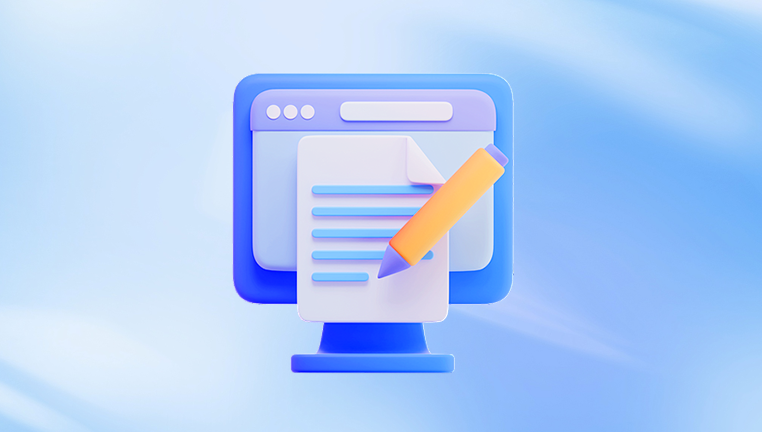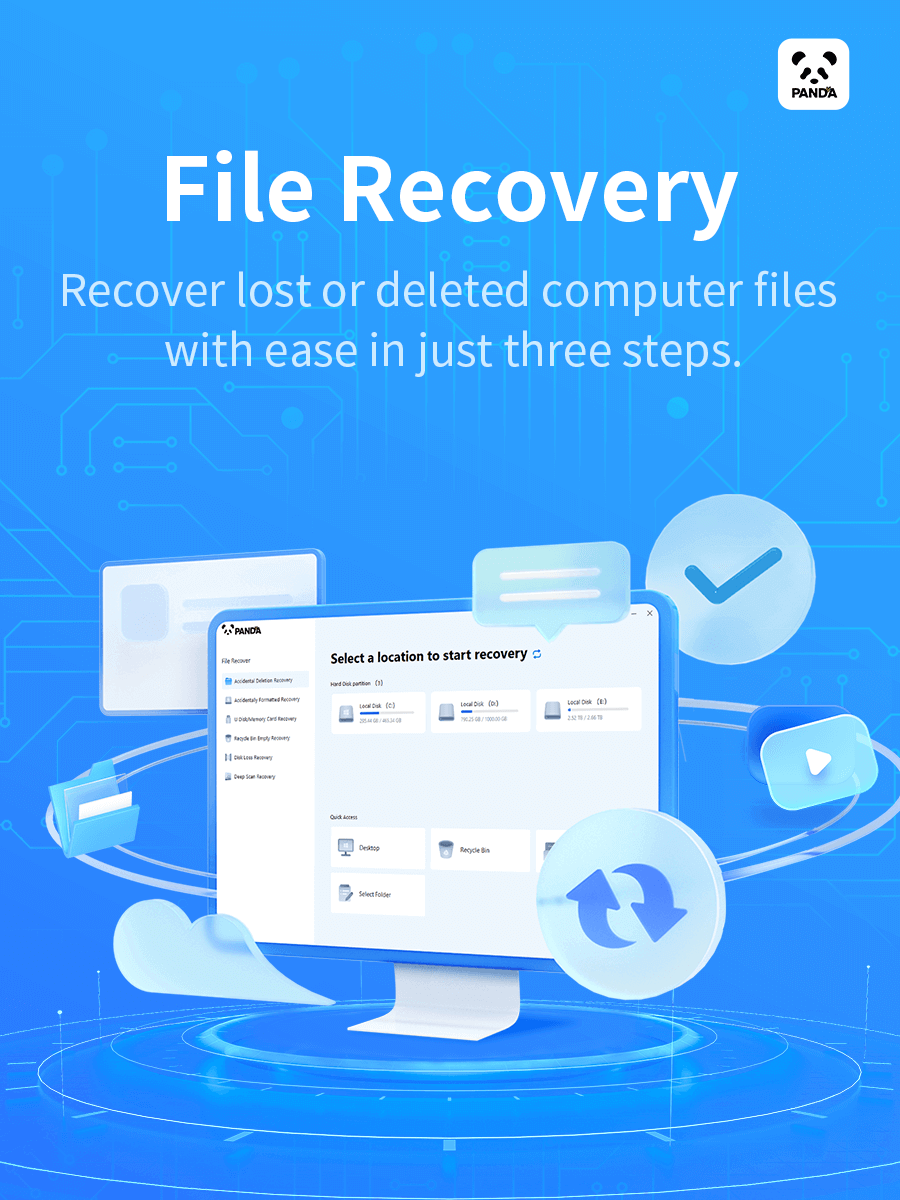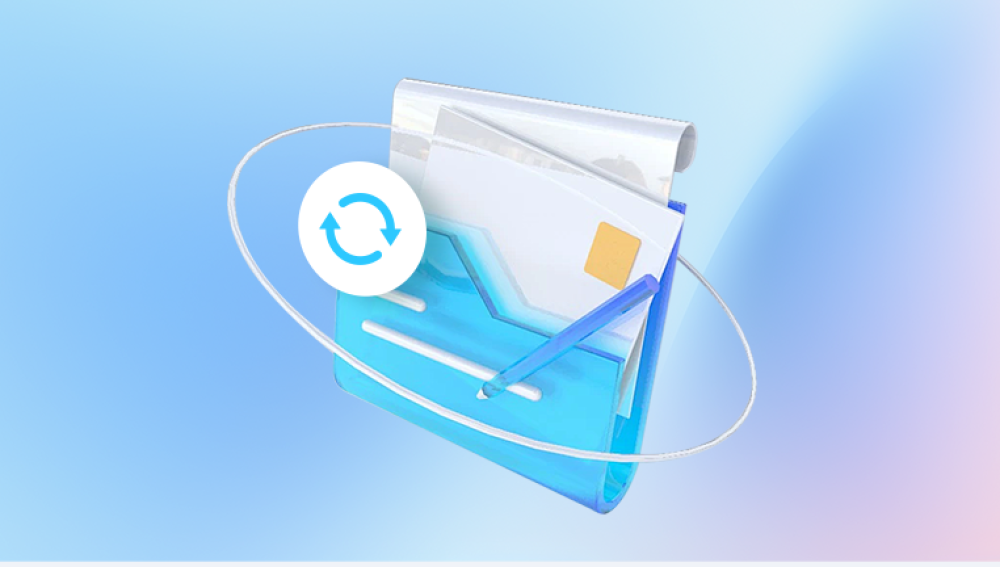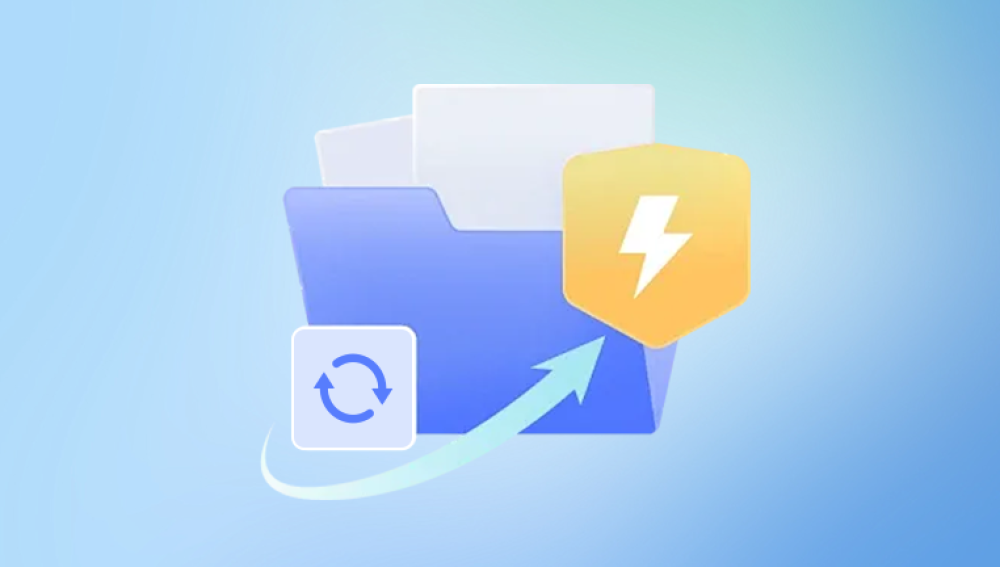Check the Recycle Bin
Basic Steps: If you are using a Windows system, the first step is to check the Recycle Bin. When an Excel file is overwritten and deleted, it may be temporarily stored in the Recycle Bin. Open the Recycle Bin and look for the original Excel file. If you find it, right-click on the file and select "Restore". The file will be restored to its original location.
Limitations: This method only works if the file has not been permanently deleted from the Recycle Bin. If the Recycle Bin has been emptied, or if the system is set to bypass the Recycle Bin and directly delete files, this method will not work.

Use Excel's Built-in AutoRecover Feature
Basic Steps:
Open Excel and click on the "File" tab.
Select "Info" and then click on "Manage Workbook".
In the drop-down menu, choose "Recover Unsaved Workbooks" or "Recover Unsaved Documents" (the option name may vary slightly depending on the version of Excel).
A dialog box will appear showing a list of unsaved or auto-recovered Excel files. Locate the overwritten file and open it.
If the auto-recovered version contains the data you need, save the file with a new name to prevent further loss of data.
Limitations: This feature depends on whether the AutoRecover option is enabled in Excel and how frequently it is set to save auto-recovery versions. If the feature is disabled or if the overwritten file was saved a long time ago, the auto-recovered version may not contain the most up-to-date data.
Restore from a Backup
Basic Steps:
If you have a backup of the Excel file, either on an external hard drive, a network drive, or in the cloud, you can restore the file from the backup.
Locate the backup file and copy it to the original location of the overwritten file or to a new location if you prefer.
Make sure to check the backup date to ensure that you are restoring the correct version of the file.
Limitations: This method is only effective if you have a recent and reliable backup. If the backup is outdated or incomplete, it may not contain the latest changes to the overwritten file.
Use Data Recovery Software
Drecov Data Recovery is a software tool designed to help users recover lost or deleted data. Here is an overview:
Features
Versatile Data Recovery: It can recover various types of data including documents, photos, videos, and emails. It supports the recovery of files from hard drives, USB drives, memory cards, and other storage devices.
Deep Scanning Capability: The software has a powerful deep scanning algorithm that can thoroughly search the storage device to find even deeply hidden or deleted data. This is particularly useful when files have been accidentally deleted or lost due to formatting, virus attacks, or system crashes.
User-Friendly Interface: Drecov Data Recovery features an intuitive and easy-to-navigate interface. Even users with little technical knowledge can easily operate the software. The recovery process is presented in a simple step-by-step manner, guiding users through each stage.
Recovery Process
Select Device: Users first need to select the storage device from which they want to recover data.
Scan: The software then performs a quick scan and a deep scan if needed to locate the lost data.
Preview and Recover: After the scan is complete, users can preview the recoverable files and select the ones they want to restore. They can then specify a location to save the recovered data.
Basic Steps:
If the above methods do not work and the overwritten Excel file contains critical data, you may consider hiring a professional data recovery service. These services have specialized equipment and expertise to recover data from damaged or corrupted storage devices.
Search for reputable data recovery companies in your area or online. Look for companies with good reviews and a proven track record in data recovery.
Contact the data recovery company and describe the situation of your overwritten Excel file. They will usually ask for details such as the type of storage device, when the file was overwritten, and any error messages you may have received.
The data recovery company will assess the situation and provide you with an estimate of the cost and the likelihood of successful recovery. If you agree, they will take possession of the storage device and begin the recovery process.
Once the recovery is complete, they will provide you with the recovered data, usually on a new storage device or in a digital format.
Limitations: Professional data recovery services can be expensive, and there is no guarantee that they will be able to recover all of the data. Additionally, the process may take some time, depending on the complexity of the recovery.
Tips for Preventing Future Overwrites
Regularly Save Copies: Make it a habit to regularly save copies of your important Excel files. You can save a copy to an external hard drive, a cloud storage service, or a different folder on your computer. Set a schedule for saving copies, such as daily or weekly, depending on how frequently the file is updated.
Use Version Control: If you are working on a project with multiple people or if the Excel file is updated frequently, consider using a version control system. Tools like Git or SVN can help you track changes to the file and allow you to easily revert to previous versions if needed.
Enable Write Protection: In Excel, you can enable write protection for your files. This will prevent accidental overwrites by requiring a password to make changes to the file. To enable write protection, open the Excel file, click on the "Review" tab, and select "Protect Sheet" or "Protect Workbook". Set a password and choose the permissions you want to allow for users who have the password.
Be Cautious When Saving: Always double-check the file name and location before saving an Excel file. Make sure you are not accidentally overwriting an existing file. If you are making significant changes to a file, consider saving it with a new name to preserve the original version.




